It’s been an agonising series of weeks after a string of grievous events in various parts of the world. While I have been tracing vernacular responses to global grieving events on Instagram since 2014 – some of the case studies are archived here – this has been difficult to do of late between my personal loss and the onslaught of public grieving. Self-care first, right?
Of late, global tributes on trending hashtags have been featuring a more prominent disdain for, rejection of, and critique on public grieving in memes and thoughts&prayers en masse.
–
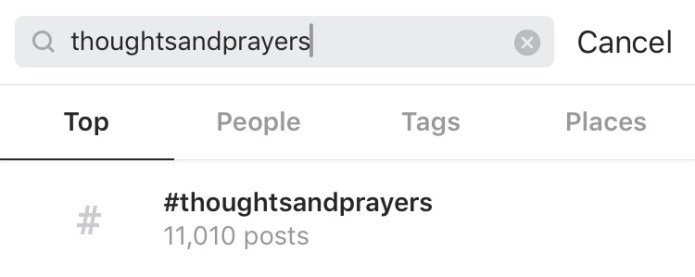
In this post, I trace the #thoughtsandprayers hashtag on Instagram and the content posted for a ten-day period between 10 July 2016 and 19 July 2016. Screengrabs were taken on 19 July 2016, 1700hrs, GMT+8.
–
#PrayForX
As the site of the most recent tragedy, #PrayForNice featured prominently on the #thoughtsandprayers stream.
Many of these tributes were similar to those from #PorteOuverte in November 2015.
Other recent events were also on the stream, such as the Baton Rouge shootings,

the Istanbul attacks,
and the Orlando massacre.
–
Public grieving
Similar to the emblems catalogued in earlier #PrayForX streams, #thoughtsandprayers featured users adopting celebrity icons to promote their cause,
sharing inspirational messages,
and documenting symbols of solidarity such as remixed cartoons, posters, religious statues, and allusions to loss.
–
Publicity grieving
Although there was less evidence of overt spam and self-promotional material on #thoughtsandprayers as compared to the earlier #PrayForX streams, some users who were expressing grief and support still used selfies usually unrelated to the event, carefully postured artful poses of themselves, and throwback holiday photographs of affected sites to signpost their solidarity.
–
Saturation and Satire
Above all, saturation fatigue regarding the newest onslaught of passive “internet solidarity” and satirical remixes of #thoughtsandprayers were displayed in brilliant comics.
At times, users adopted the persona of a higher power/presence to portray angry or humorous responses.
Some users adopted the #firstworldproblems approach to expose the casualness and frivolity at which people were jumping on the #thoughts&prayers bandwagon.
Other users simply displayed their outright rejection of users sprouting #thoughtsandprayers on social media, alluding to a displaced sense of pseudo-activism, and inflated impression of aid, and a general ineffectiveness despite participation in a highly visible and populist activity that still promotes passive solidarity from a distance.
A handful of users mobilised #thoughtsandprayers as a meme to shed light on ineffective political governance and leadership, and the cyclic routine of public grieving.
–
Critical irony
Speaking of memes, users are also using #thoughtsandprayers in an ironic manner to display contempt for developments in politics, and in a humorous manner to express tongue-in-cheek suggestions to better the state of political participation.
–
Personal grief
Global grief events aside, a small pool of users use #thoughtsandprayers sincerely when posting about personal loss or hardship. Although these images are publicly-accessible on the #thoughtsandprayers stream on Instagram, it was not immediately clear if these users intended for their images to circulate in the mass outpour of grief and signposting of solidarity. Because the content of their images seemed personal, I have pixelated the faces featured. Interestingly, the only four examples of this during the period I tracked exclusively featured children.
–
Grief hype-jacking
Based on my work on global grief events, I have developed a register of visual tropes most viable for social media virality during social movements, or what I term a “grief aesthetic” on Instagram. The most prominent of these include national landmarks of cultural significance to the grief event, emblems borrowed and redesigned from a lexicon of political statements such as coloured ribbons, and #PrayForX typography. (full paper to come)
The concepts of “public grieving” and “publicity grieving” are based on my recent talks at the Asia Research Institute (ARI) and Tembusu College this March. (See event archives here: Homo Sapiens, Mortality and the Internet in Contemporary Asia | Tembusu STS Seminar: Reflections and Discussion.) In particular, my paper for the ARI workshop, “Human failure for $how: Influencers, empathetic reciprocity, and commodified grief”, has been commissioned for a journal article and a book chapter.
In these works and at AoIR2016 this October, I will be exploring the shift from “public grieving” to “publicity grieving” and introducing the phenomenon of “grief hype-jacking”:
While the “grief aesthetic” elements on Instagram have emerged as vernacular norms of acceptable “public grieving” visibility practices, some users tap into this global current of attention in less palatable ways.
In “public grieving”, users sincerely partake in a global expression, narrative, and dialogue of a grief event through the use of high visibility trending hashtags.
But in “publicity grieving”, users opportunistically harness the attention currency of high visibility trending hashtags to promote themselves (i.e. to invite ‘likes’ or ‘followers’), their brand (i.e. to improve their public persona, especially for Influencers), or their wares (i.e. to market a product or service through product placement, advertorials, or spam).
I term this phenomenon of bandwagoning on public tributes and high visibility hashtags “grief hype-jacking”, as users wrestle to (mis)appropriate highly public channels of collective grief for self-publicity. Perhaps it is for this reason that the backlash against #PrayForX and #thoughtsandprayers memes has been growing.
More on “grief aesthetics” and practices of “grief hype-jacking” another time.
–
How do you feel about public grieving and publicity grieving in response to global tragedy? Have you experienced saturation fatigue yourself? What other things have you noticed about the rampant use of thoughts&prayers?
Feel free to beep or write to me.
Over and out,
wishcrys
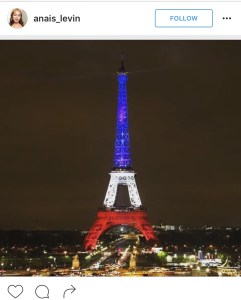
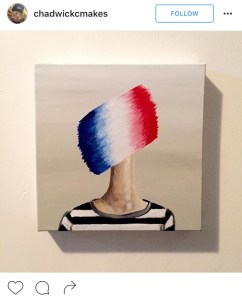
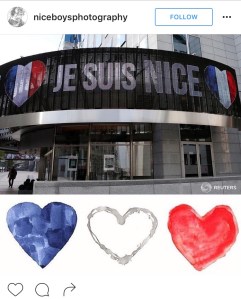
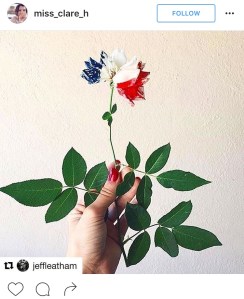








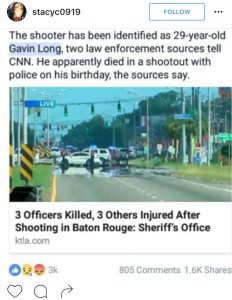
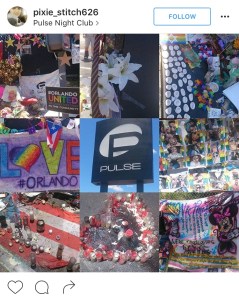


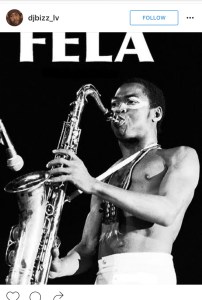


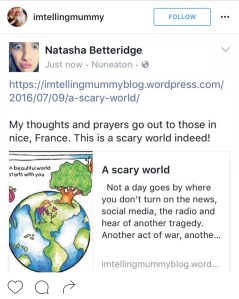
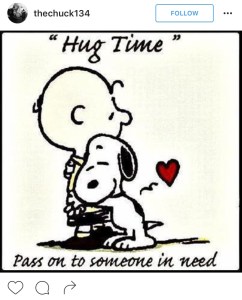



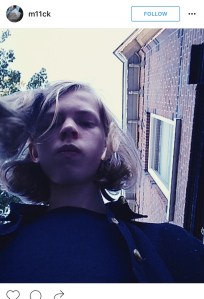








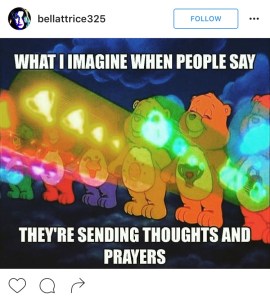


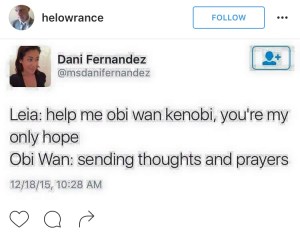
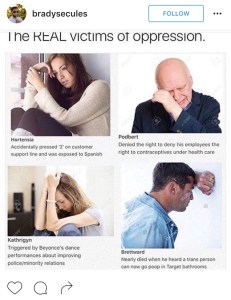









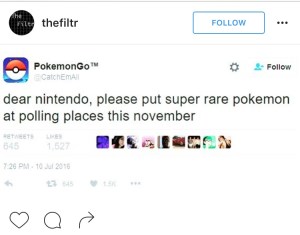




Hi Rebecca,
Thanks for checking out my work and leaving a trace :) I’d love to check out your work too. I’m working on two other projects related to grief at the moment: 1) Death in the digital age, on how young people are managing their grief; and 2) Grief policing, on how internet users attack and confront each other regarding appropriate expressions of grief over the death of a public figure.
I’d love to see where our work converges. I work mainly from an anthropological perspective and produce ethnographies :)
This is fascinating research. I look forward to your article. I do research on Facebook memorial pages (2 articles published, 2 in press, book in process), so I am always interested in online grieving, particularly as a collective movement. Perhaps even more so, when it comes from a place of obligation – people apply a flag or other meme because others do it, or when there becomes a harsh edge to the grief- a negativity.
I would love to chat more! Best, Rebecca